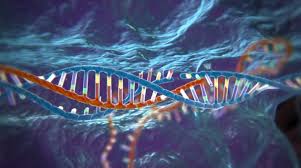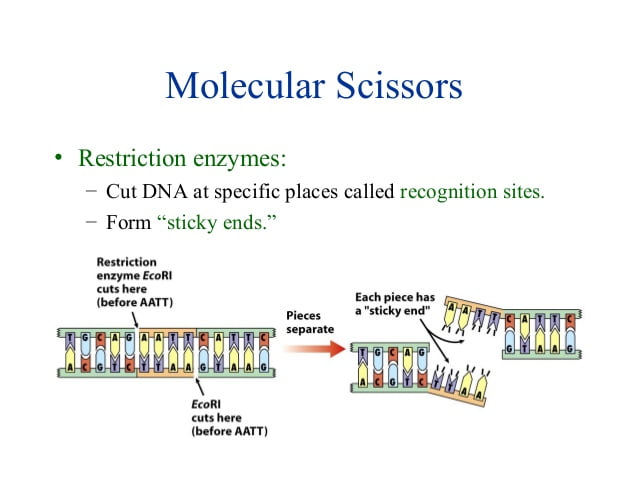By Preeti Kumari
Why are some people tall and some short? Why do people have different eye color? Why do some have black hair while some have golden? These are the sort of questions which have always piqued curiosity in our tiny brains. Haven’t they?
I know that’s old, we have got the answers a long time ago, during our high school days. But this corner is to rekindle your interests in the field of genetics – specifically genome editing – scientific breakthrough of the year.
The functional unit
Just like cells are the functional unit of life, genes are the functional units of heredity. Genes carry the DNA that passes information from one generation to another. You must have noticed a wide range of similarities between you and your close family members- behaviour; height- well genes are the culprit.
What is genome (gene) editing?
Genome editing is a type of genetic engineering (just like components are rearranged to innovate or design something new) in which DNA is inserted, deleted or replaced in the gene of an organism using “molecular scissors.”
Molecular scissors – the knight in shining armour- are restriction enzymes that cut DNA into pieces. You can imagine them as synonymous to the clay mould games we used to play as kids. Cutting or pasting DNA to make different traits just as cutting or moulding clay to make different objects. This is much like a biological cut-paste game.
How does it work?
Well, the working idea of this technique is borrowed from the bacteria (oh, you should never underestimate the power of a common being). Bacteria as a way of self – defence cuts the genetic material of viruses which are harmful for their own survival. But don’t get the idea of cutting your enemies, we live in a civil society (ignore some politician, terrorist groups…and a long list of people). This cut-paste of DNA alters the message it is carrying.
The new tool used for this is CRISPR-Cas9 because it’s faster, cheaper, and simpler and it allows altering of multiple genes simultaneously.
Breakthrough…for what?
Gene editing is widely used to cure complex diseases like leukemia, it has made the life of diabetic people simpler.
Doctors in Britain recently treated a 1-year-old with leukemia using donated immune cells that had been experimentally altered to target her cancer.
A California company is testing a way to make HIV patients’ immune cells better resist the virus.
Stature of God?
But such advancements also lead to their misuse. Well, a simple cross connection of electric wires can put a building on fire, so it’s hard to imagine, what cross connection of genes may lead to.
You never know what rich people will make of this technique. They might list the desired traits they want in their children and use the technique and of course, their money to have it delivered at their door step – human Barbie dolls.
Also not to forget the range of gene alterations being done in plants and animals to increase yield or wipe out unwanted species- the unending human greed.
“Survival of the fittest”- the quote by Darwin is what my dilemma is all about. In no means my concerns lead towards a solution of coming to a standstill, but if we don’t let the species survive, how would we choose the fittest?



































